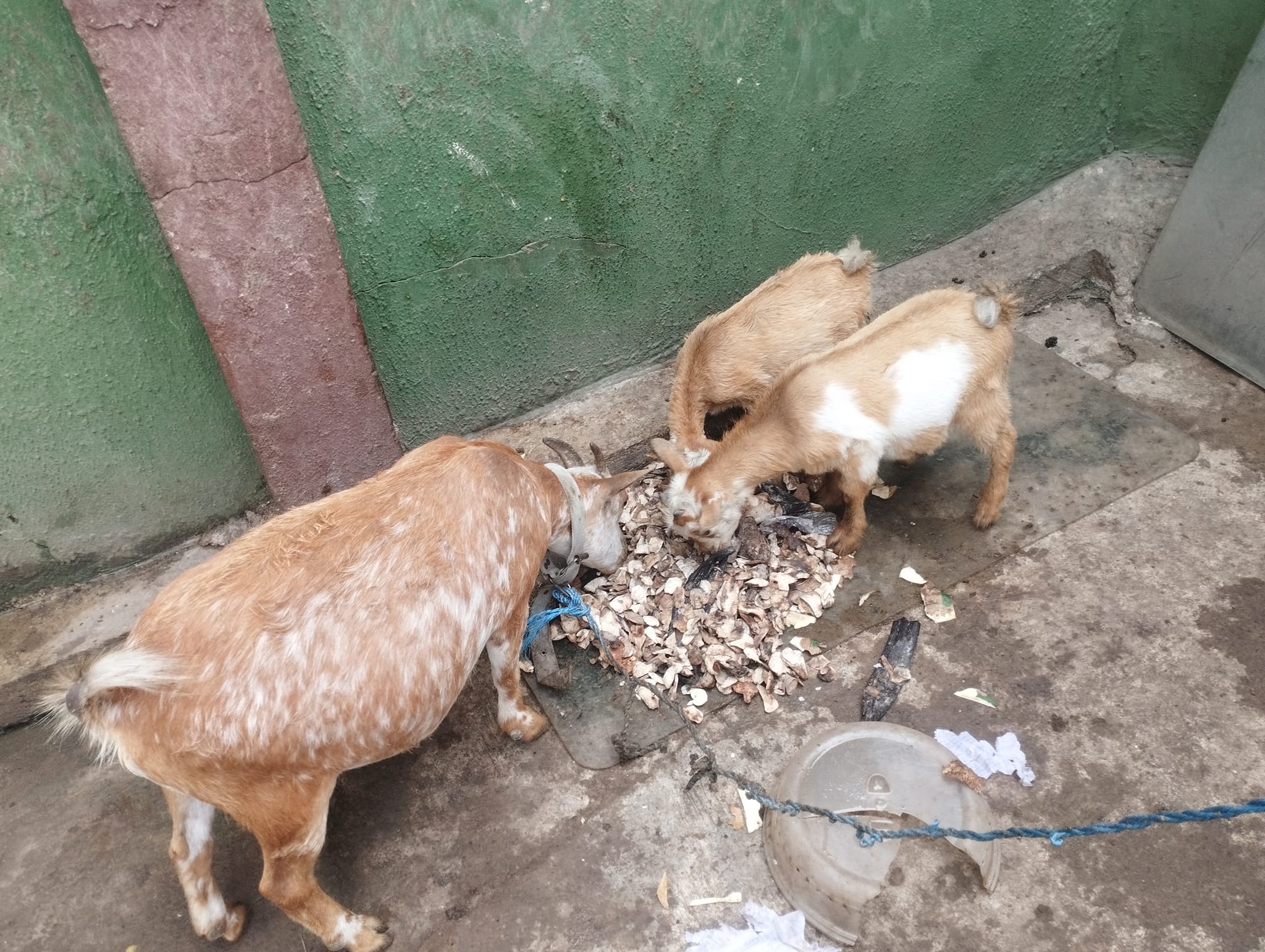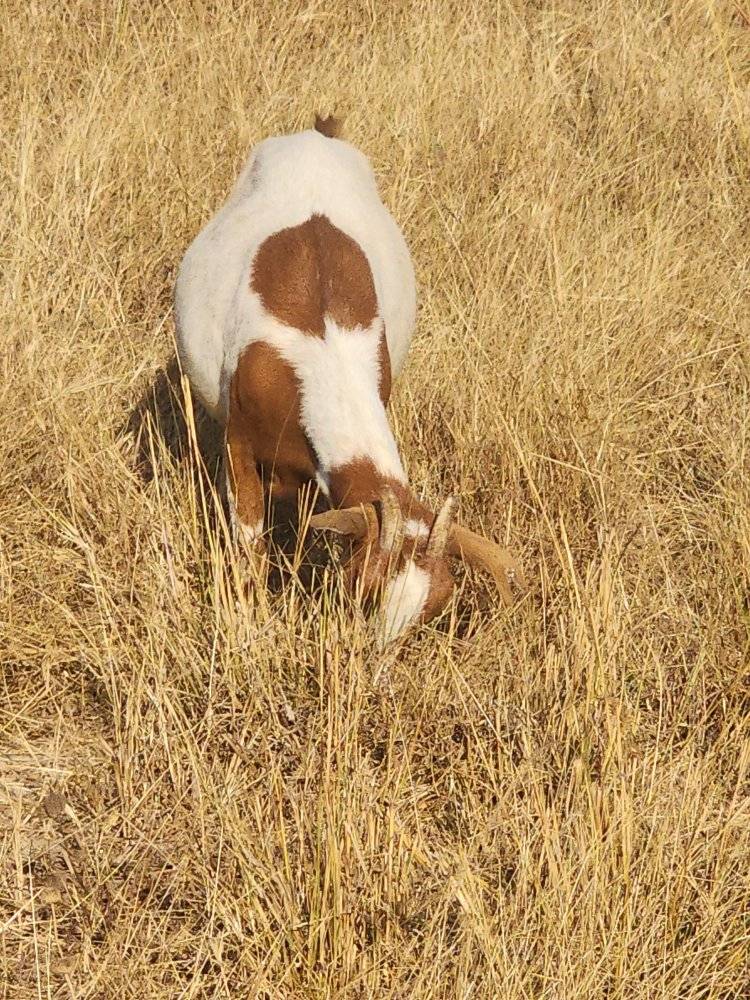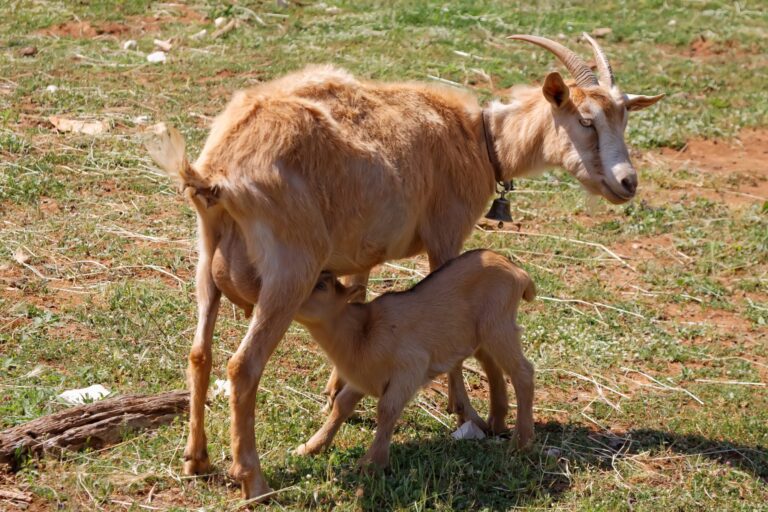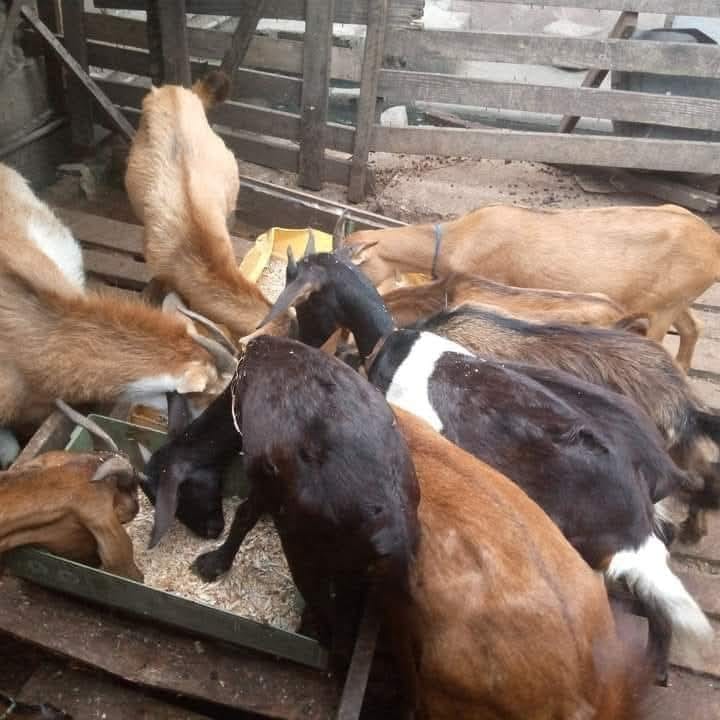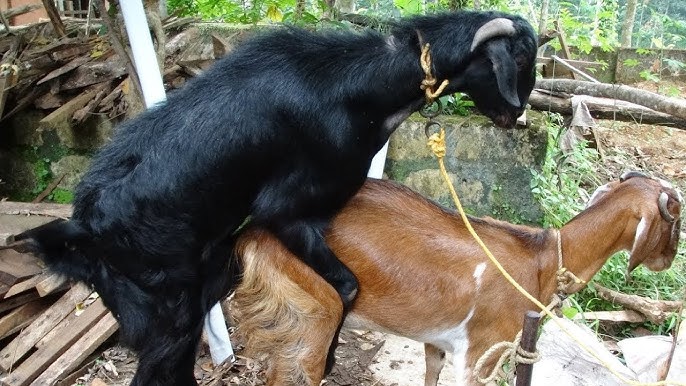Feed costs can take up 60–70% of total expenses in goat farming. For many small- and medium-scale farmers, this can be a serious barrier to profitability.
However, you can reduce your dependency on commercial feeds and improve your farm’s sustainability by formulating your own goat feed at home.
Homemade feeds allow you to tailor nutrients to your goats’ needs, take advantage of local ingredients, and keep your operations cost-effective without compromising on health or growth.
This guide walks you through how to do it step-by-step.
Why Homemade Goat Feed?
Formulating your own goat feed puts control back into your hands. It allows you to:
- Use locally available ingredients like maize, cassava, groundnut cake, or soybean meal.
- Reduce dependence on costly, sometimes unavailable commercial feed.
- Tailor nutrients to different goat classes (kids, does, bucks).
- Increase self-reliance and long-term profitability.
But while it’s affordable, homemade feed must still meet basic nutritional needs; primarily energy, protein, fiber, minerals, and vitamins. Missing out on any of these can lead to poor growth, weak immunity, reproductive issues, or lower milk production.
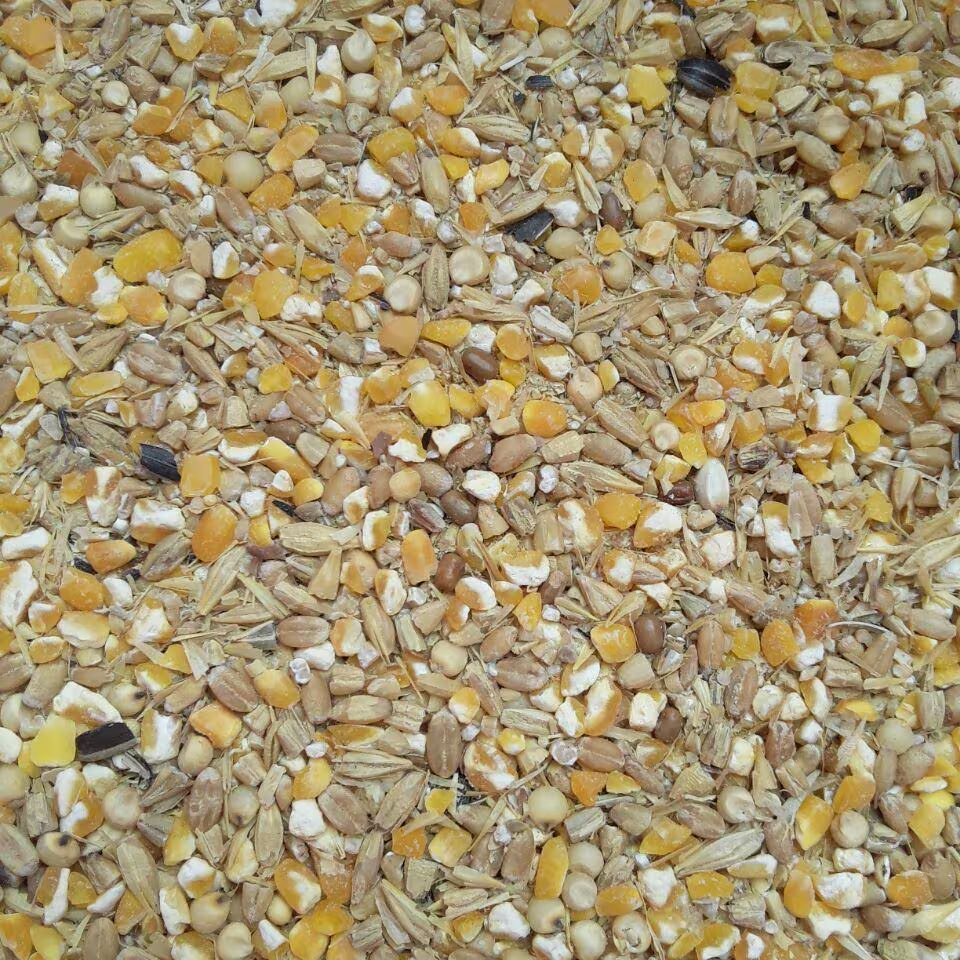
Basic Nutritional Needs of Goats
Goats require a balanced mix of nutrients:
- Energy: Mostly from carbohydrates (grains like maize, cassava, or sorghum).
- Protein: Essential for growth, lactation, and reproduction (from soybean meal, groundnut cake, or fishmeal).
- Fiber: Supports digestion and prevents bloating (from forages, bran, or hay).
- Minerals & Vitamins: Necessary for bone development, fertility, and milk quality (provided via premix, salt, bone meal, or ash).
- Water: Always provide fresh, clean water alongside feed.
Sample Homemade Feed Formula
Here’s a typical formula that works well for goats raised for meat or milk in a semi-intensive system. This mix provides a balanced ratio of energy and protein and is suitable for growing kids, pregnant does, or bucks outside breeding season.
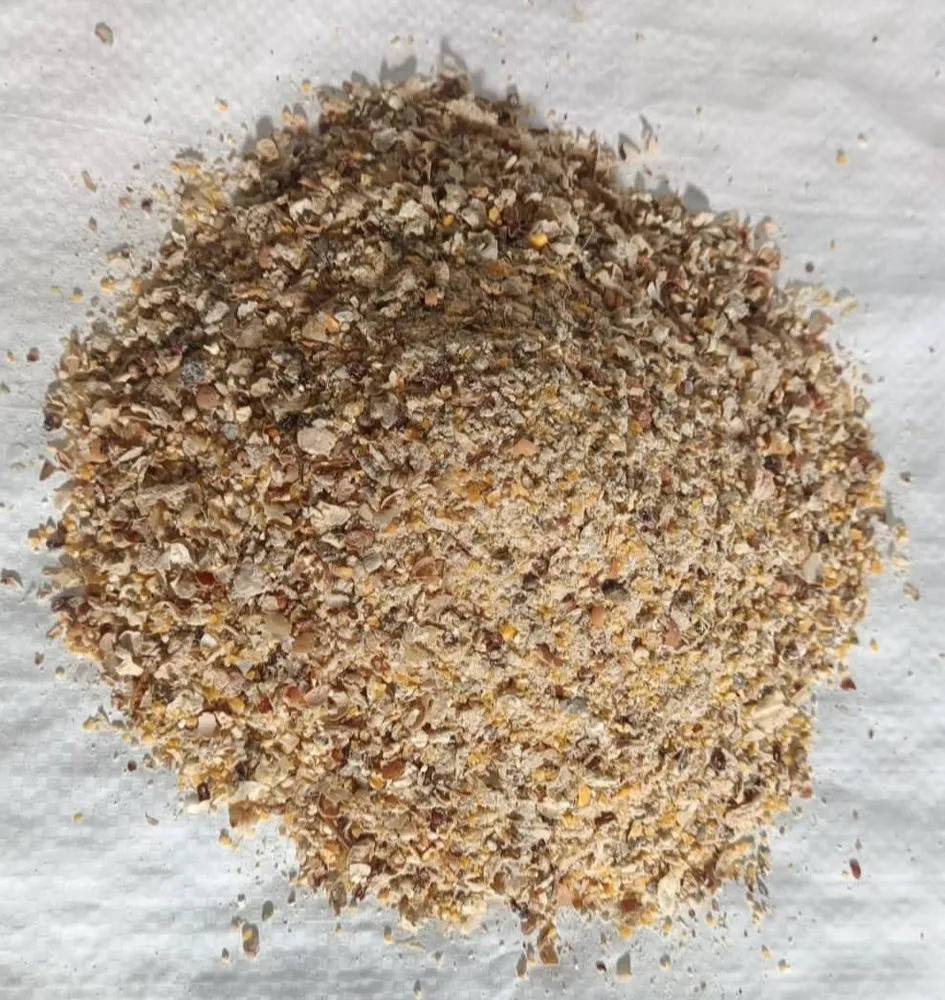
Ingredient Breakdown (for 100 kg of feed):
- Maize (corn) – 40 kg
- Wheat or rice bran – 20 kg
- Groundnut cake (or soybean meal) – 15 kg
- Cassava peels (sun-dried & crushed) – 10 kg
- Fishmeal or blood meal – 5 kg
- Bone meal – 3 kg
- Salt – 1 kg
- Vitamin-mineral premix – 0.5 to 1 kg
- Optional: Molasses – 2–3 kg (for palatability)
This formula can cost 25–50% less than commercial alternatives, especially when using farm-processed ingredients like cassava peels or rice bran.
Guidelines for Making and Storing Homemade Feed
1. Grind and Mix Evenly: Use a mechanical grinder or mortar and pestle (for small batches) to crush hard ingredients like maize and bones. Mix thoroughly to ensure every bite delivers uniform nutrition.
2. Dry Ingredients Before Use: Wet cassava peels, for example, can spoil quickly. Sun-dry and crush before mixing. This also improves storage life and reduces the risk of mold or aflatoxin.
3. Avoid Anti-Nutritional Risks: Some raw ingredients like raw soybean contain substances that interfere with digestion. Toast or process before use. Also, avoid moldy grains or peels, which can lead to toxicity or abortion.
4. Store in Airtight Bins or Bags: Keep the finished feed in a cool, dry place away from sunlight and moisture. Rodent-proof containers (plastic drums, bins, or tightly tied sacks) work best for smallholders.
5. Feed According to Class and Purpose:
- Kids (post-weaning): 300–500 g/day
- Pregnant or lactating does: 1–1.5 kg/day
- Bucks (during breeding): 800 g–1.2 kg/day
Feed should be offered alongside hay or browse, not as a complete replacement. Goats still need fiber and roughage to maintain healthy digestion.
Locally Available Ingredients to Explore
Depending on your region, you may replace or supplement common items with:
- Sweet potato vines (chopped and dried) for fiber and minerals
- Brewer’s waste (from beer production) for protein and energy
- Palm kernel cake or cottonseed cake for protein (where available)
- Banana or plantain peels (sun-dried) for fiber and sugar
- Ash or limestone as natural calcium sources
- Neem or moringa leaves (dry and crush for medicinal and mineral benefits)
These options help reduce feed costs while encouraging local resource use and circular farming practices.
Common Mistakes to Avoid
- Overloading on grains: Too much starch can cause acidosis or bloat. Balance with fiber.
- Skipping minerals: Goats need more than just carbs and protein. Salt, calcium, and trace minerals are essential.
- Poor mixing or inconsistent portions: Unevenly mixed feed can lead to overfeeding some goats and underfeeding others.
- Ignoring seasonal variation: During dry seasons, supplement pasture with more feed. During green seasons, reduce grain and use more forage.
Wrapping Up
Homemade feed is a way to farm more sustainably and responsively. As long as you meet your goats’ core nutritional needs, you can vary ingredients according to availability and price.
Start with small batches, observe how your goats respond, and adjust over time. The goal is to balance affordability with productivity, not just cut corners.
Related:

